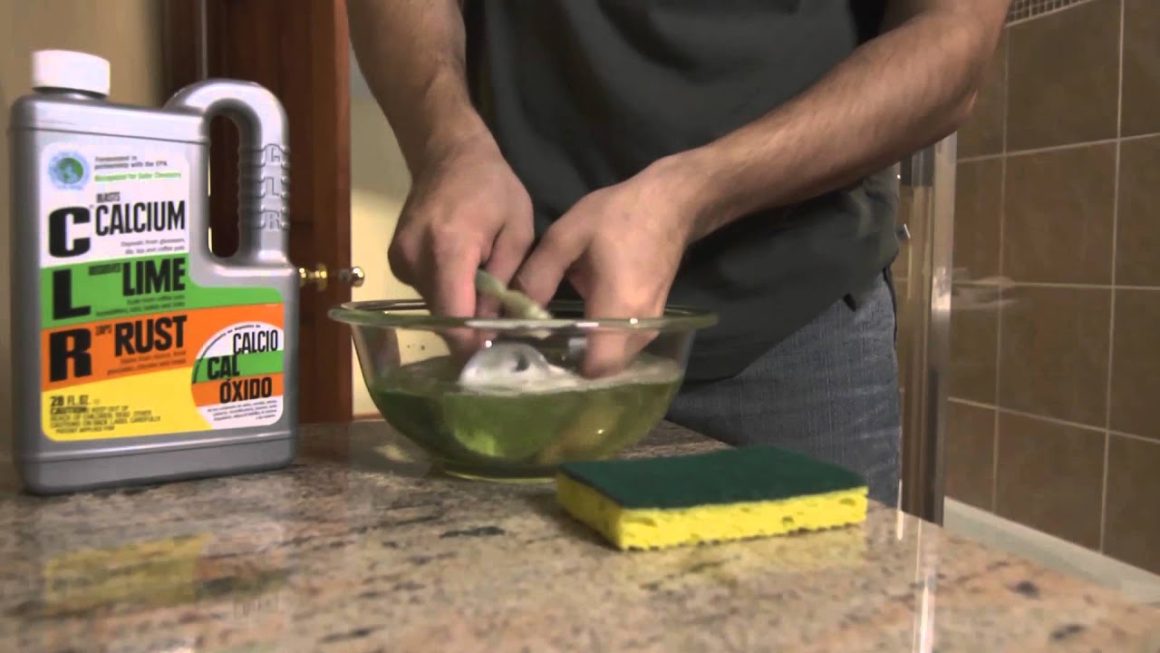Concrete floors are a great way to add durability and style to your home. However, they are susceptible to rust. The main reason is the presence of iron and metal objects on the concrete floors. When iron is exposed to moisture, it oxidizes and forms rust, while metal objects can corrode and release rust.
Rusty concrete floors are an eyesore. Do you have a rusty concrete floor? If so, you’re not alone. Concrete floors are notorious for collecting rust, making them look dirty, unkempt, and a health hazard.
The DIYer in you must be skeptical whether you can achieve the clearing of the rusty concrete floor. Well, this blog is going to provide you with some effective steps to get your job done.
Continue reading to uncover a few tips and tricks to make the process even easier and have your floor like new in no time.
Get the Concrete Ready for the Cleaning Process
Step 1: Prepare the Area
First and foremost, you’ll need your cleaning supplies. Gather a broom, dustpan, vacuum cleaner, mop, bucket, water, and mild dish soap.
The next is a preventive measure to take, protecting your furniture and belongings. There are two ways to protect your furniture:
- Garage or basement concrete floor cleaning: Move any furniture and belongings out of the way.
- Concrete floor in your home: Cover the furniture and other belongings with a drop cloth.
Collecting your supplies and covering your furniture, next is to ensure there’s enough ventilation for you to carry out the cleaning process.
On the contrary, many might think keeping the windows and doors open might increase the dust on the floor. It wouldn’t unless there’s a storm trying to get inside your house. Ventilating the area should prevent the dust from becoming airborne.
Step 2: Sweep and Vacuum the Floor
Sweep the floor with a broom to remove any large pieces of debris. Follow the step by vacuuming the floor to remove any remaining dust and dirt. Use a vacuum with a good filter to trap all the dust particles.
Methods to Clean Rust of The Concrete
1. Removing Rust from Concrete Using White Vinegar and Lemon Juice
White vinegar and lemon juice are a great combination to remove rust from concrete. Both contain natural acids that help dissolve the rust and restore the appearance of your concrete.

Follow the below steps for removing rust from concrete:
- Mix equal parts of white vinegar and lemon juice (i.e.) 1:1 ratio. For instance, take one cup of white vinegar and lemon juice to make the solution.
- It’s time to apply the solution to rusted areas. You can either spray or pour directly. Ensure the area is completely covered with the solution.
- You can leave the area to rest for a few minutes, say 5 to 10 minutes.
- Grab a stiff brush or scrub and start scrubbing the place vigorously. This should help penetrate the rust and help further with removing it.
- Now rinse the area with water and remove the residue sticking around.
2. Removing Rust from Concrete Using Baking Soda
Using baking soda with a laundry detergent is an effective way to remove rust from your concrete.

- Mix equal parts of baking soda and laundry detergent in a bowl. You can either go for a 1:1, 2: 2, or 3:3 ratio based on the rust area.
- Pour cold water into the mix and stir until you make a thick paste.
- Spread the baking soda and laundry detergent paste onto the rusted concrete surface, ensuring complete coverage of the affected areas.
- Apply gentle pressure using a stiff brush or broom to scrub the paste into the rusted area.
- Rinse the surface with water and remove the traces of the paste.
- Repeat the process until the rust from the concrete is removed.
3. Removing Rust from Concrete Using WD 40
WD-40 is a clear, colorless liquid that has a distinctive smell. It is a blend of various hydrocarbons, solvents, and rust inhibitors. The product is non-flammable and non-toxic.

WD-40 stands for Water Displacement, the 40th formula used for multiple purposes, including removing rust, lubricating metal parts, displacement of moisture, and degreasing.
The following are the steps for removing rust from concrete using WD-40.
- Prepare the Surface- Clean the concrete surface with a stiff brush or broom to remove any loose debris or dirt.
- Spray the WD-40- Spray the WD-40 liberally onto the rust stain. Be sure to cover the entire area with WD-40 directly onto the rust stain. You can visually check if the stain has been fully saturated or not.
- Rest for 10-15 Minutes- Let the WD-40 sit for 10-15 minutes to allow it to penetrate the rust and loosen it.
- Scrub the Stain- Use a stiff brush or wire brush to scrub the rust stain. You may need to apply more WD-40 and let it sit for a few more minutes if the stain is stubborn.
- Rinse the Area- Rinse the area with cold water to remove the WD-40 and any loose rust particles.
- Dry the Area- Dry the area with a clean towel.
Bonus Tips
- If you still find the rust stain is large or stubborn, you may need to repeat the steps above.
- When using WD-40 on a painted surface, be sure to test it in an inconspicuous area first to make sure it does not damage the paint.
4. Removing Rust From Concrete Using CLR

CLR, or Calcium, Lime, and Rust Remover, is a product that can be used to remove rust from concrete. It works by dissolving the rust particles and lifting them away from the surface of the concrete.
The following steps on how to remove rust from concrete using CLR:
- Basic Preparation for the Surface- Clean the concrete surface with a stiff brush or broom to remove any loose debris or dirt.
- Apply the CLR Solution- Apply the CLR directly to the rust stain with a spray bottle or sponge. Be sure to cover the entire area with CLR.
- Let the Solution Sit- Let the CLR solution sit for 10-15 minutes to allow it to penetrate the rust and loosen it.
- Scrub the Stain- Use a stiff brush or wire brush to scrub the rust stain. You may need to apply more CLR and let it sit for a few more minutes if the stain is stubborn.
- Rinse the Solution Applied Area- Rinse the area with cold water to remove the CLR and any loose rust particles.
- Clean and Dry the Area- Dry the area with a clean towel and let the surface sit unaffected without any moisture in contact.
Will Bleach or Pressure Washing Remove Rust from Concrete?
Well, this is a common question every house owner would have. Why not apply bleach or try pressure washing to remove rust?

There’s nothing wrong with using these methods, but it’s better to try methods that actually yield results than methods that rob your time and energy.
Bleach is a chlorine-based product that is used to disinfect surfaces, but it does not dissolve rust. Pressure washing can remove surface dirt and debris, but it is not powerful enough to remove rust that has penetrated the concrete.
Explore reasons why bleach and pressure washing is a bad idea for your rust:
- Bleach is a chlorine-based product that is corrosive to concrete. If bleach is used on concrete, it can damage the surface of the concrete and make it more susceptible to rust.
- Pressure washing uses high-pressure water to blast away dirt and debris. However, pressure washing is not powerful enough to remove rust that has penetrated the concrete. In fact, pressure washing can actually spread the rust stain if it is not used carefully.
Common Tips for Removing Concrete from Floor
- When working with heavily soiled concrete, you may need to repeat the cleaning process as long as even a speck of dust is removed.
- Handling stubborn stains? It’s always best to use a commercial concrete cleaner instead of wasting your time and energy with natural products like lime water, baking soda, or white vinegar.
- Always wear gloves and goggles when cleaning a concrete floor, as the dust can be irritating to the skin and eyes.
- After removing very stubborn concrete rust, and you still see the floor with tiny rusts, it may be necessary to seal the concrete. This will help to prevent the dust from accumulating in the future.
Conclusion
Remember, prevention is better than cure. Regularly maintaining the surface and promptly addressing any spills or leaks can go a long way in preventing rust formation. However, if rust does appear, it’s crucial to act quickly to minimize its impact.
Each technique discussed above has its strengths and limitations, so be sure to choose the one that suits your specific situation best.
When using chemicals like WD-40 or CLR, in addition to the methods discussed, ensure to follow the instructions provided by the product manufacturers or seek professional advice when required.












